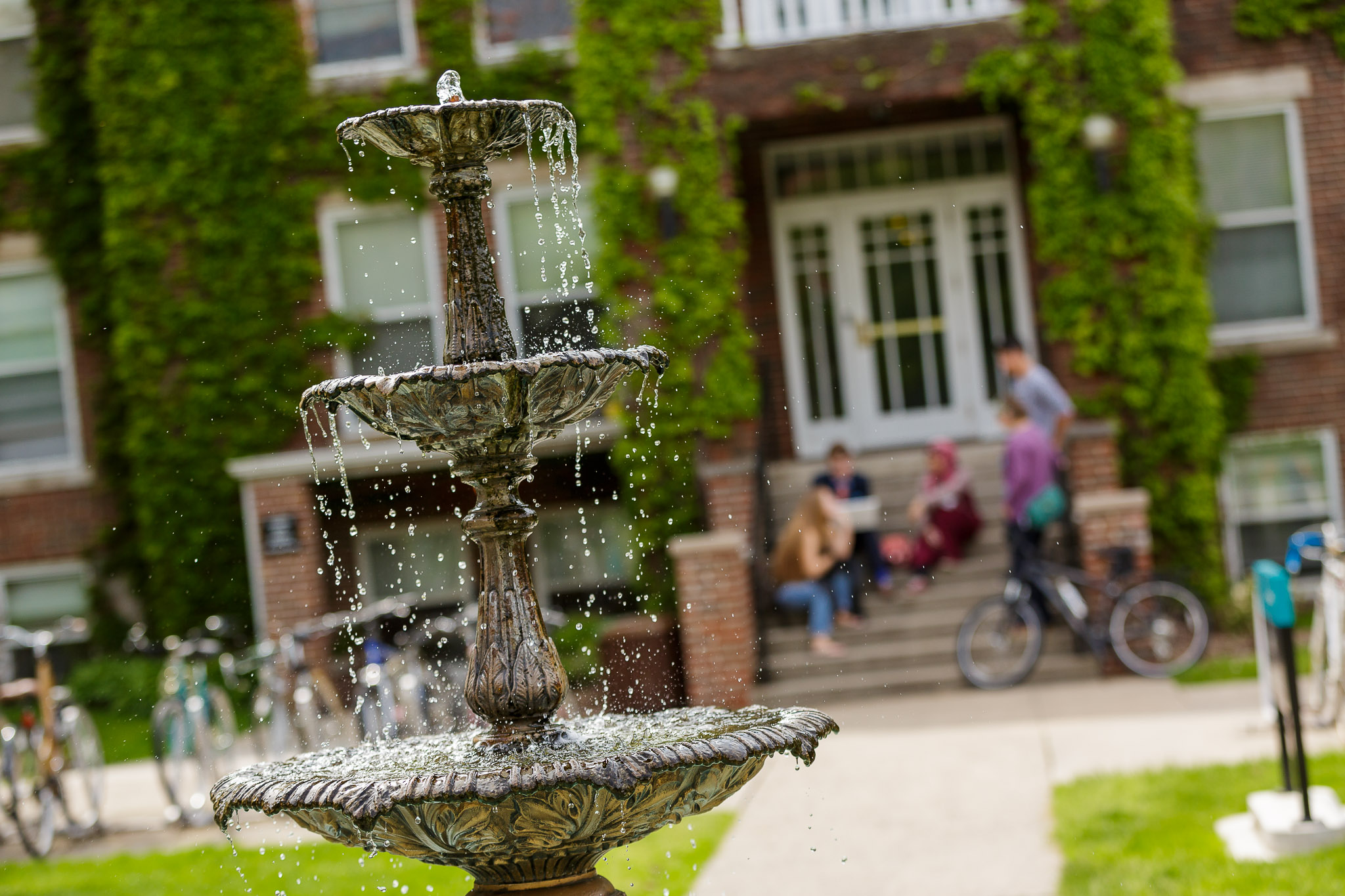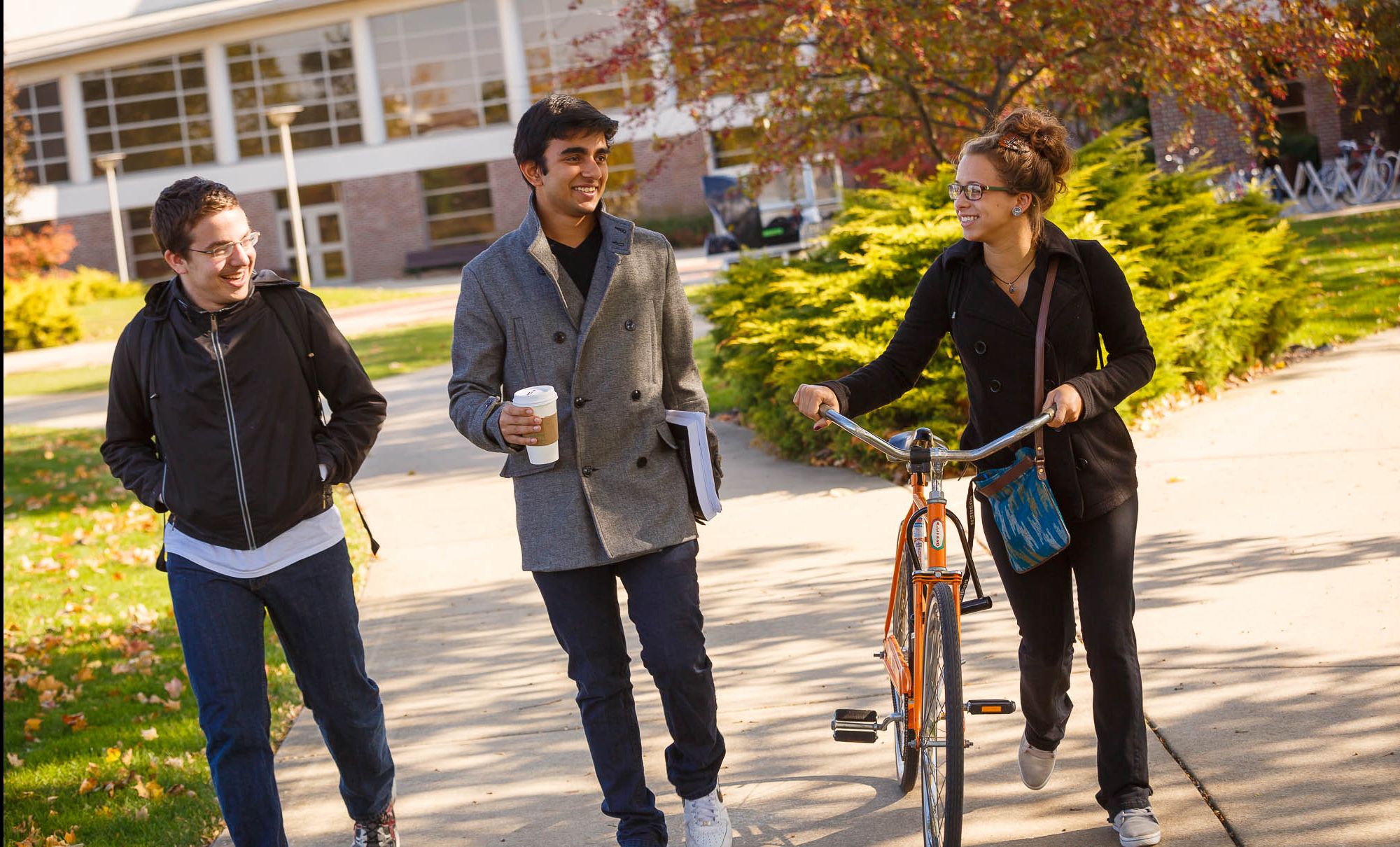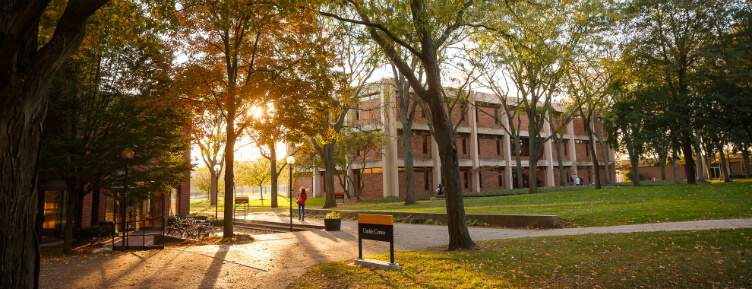‘Translate, understand, convey’

“Translate, understand, convey.” – The English translation of a new poster outside Zürich’s main Reformed church marking events of 1525
As part of the celebrations of the 500th anniversary of Anabaptism this year, Kevin and I are with Joe Springer (curator emeritus of the Mennonite Historical Library at Goshen College), Jo-Ann Brant, (professor emeritus of Bible and Religion) and several others from College Mennonite Church, learning about Anabaptist history in Switzerland and Germany.

We began in Zurich, and stood together at the site of a former monastery where Ulrich Zwingli, Felix Manz, Conrad Grebel and others studied languages, translating and seeking to understand the meaning of the Bible for themselves and the world around them. Their worlds were transformed, and they conveyed the new insights they discovered.
Listening to Joe describe the lives of these earliest Anabaptist leaders, I was struck by the ways that passionate learning extends from Zurich 500 years ago to Goshen College today. Young thinkers of that day, including Grebel and Manz, gathered in the mornings to study and translate, and in the afternoons to discuss the emerging meanings of the texts. How exciting that must have been!
These young adults translated Gospel texts describing John baptizing the adult Jesus – a distinct contrast to the government-enforced infant baptisms of the day. And so, in a house on a small cobblestone street nearby, Conrad Grebel baptized George Blaurock, who went on to baptize others, including Felix Manz. This was not only an act of obedience to the Gospel message, it was an action that began to claw apart the new ideas of these baptizers (Täufer) from the ideology of the state, which was the Holy Roman Empire.
I wonder what they experienced in this moment of collective baptism. To what degree were they enacting a new identity as followers of the Jesus they were discovering by translating and discussing the Gospel stories in their own language? To what degree were they consciously acting in resistance to a theocracy that had become alien to their new ways of thinking? History tells us that it was both of these things. They brought about a spiritual movement and also a radical reformation of the church-state.
These new ideas were controversial and hotly debated. Zwingli remained a reformer, but eventually chose to reform from within the political structures of the local church-state. Zwingli is honored with a prominent bronze statue as a humanist, Bible translator and preacher. Felix Manz conveyed Anabaptist ideas and grew the movement of small groups of men and women reading Scripture together. He was arrested and executed by drowning because of his participation in adult baptisms. Manz is honored as a Täufer (Baptizer) with a bronze plaque at the edge of the Limmat River, where he was drowned (see top photo).
An important element propelling these reforms were students studying language and texts, debating and discussing ideas, and putting them into action in the context of a rapidly changing society. These young reformers found freedom in faith, and they acted freely as followers of Jesus in simple ways that were so threatening to the state that they were jailed, persecuted, banished and executed. Zurich became “Anabaptist-free” after a period of concerted persecution and banishment of dissenting voices.

Not so in the nearby Canton of Bern. Although the Bernese established a special authority to imprison, kill and banish the Anabaptists, they did not ever fully succeed despite their efforts. In Bern we met a Swiss Mennonite, Elsbeth Zürcher, who helped to design stations that tell the story of Anabaptists in Bern through a walking tour of key sites. We visited the Trachselwald Castle in the rural Emmental region of Bern, where Anabaptists were imprisoned and “processed.” Today, former prison cells of the castle contain an extensive exhibit of the Anabaptist movement entitled “Paths to Freedom.” In 2017, the authorities of the Canton of Bern held a service to ask for forgiveness from the Swiss Mennonites present today.
Displayed in former prison cells, the exhibit features these two scriptures:
“The truth shall make you free.” (John 8:32)
“Where the Spirit of the Lord is, there is freedom.” (2 Corinthians 3:17)
There is a kinship between these long-ago passionate learners of Zurich and the students of Goshen College today – a kinship based on active learning and discovery, striving to embody what we learn, and living in the context of a small community marked by courage and the life-transforming, freeing work of the Gospel.
I find myself wondering: What truths does the Spirit hold that will set us free in new ways in these times?
Rebecca Stoltzfus




